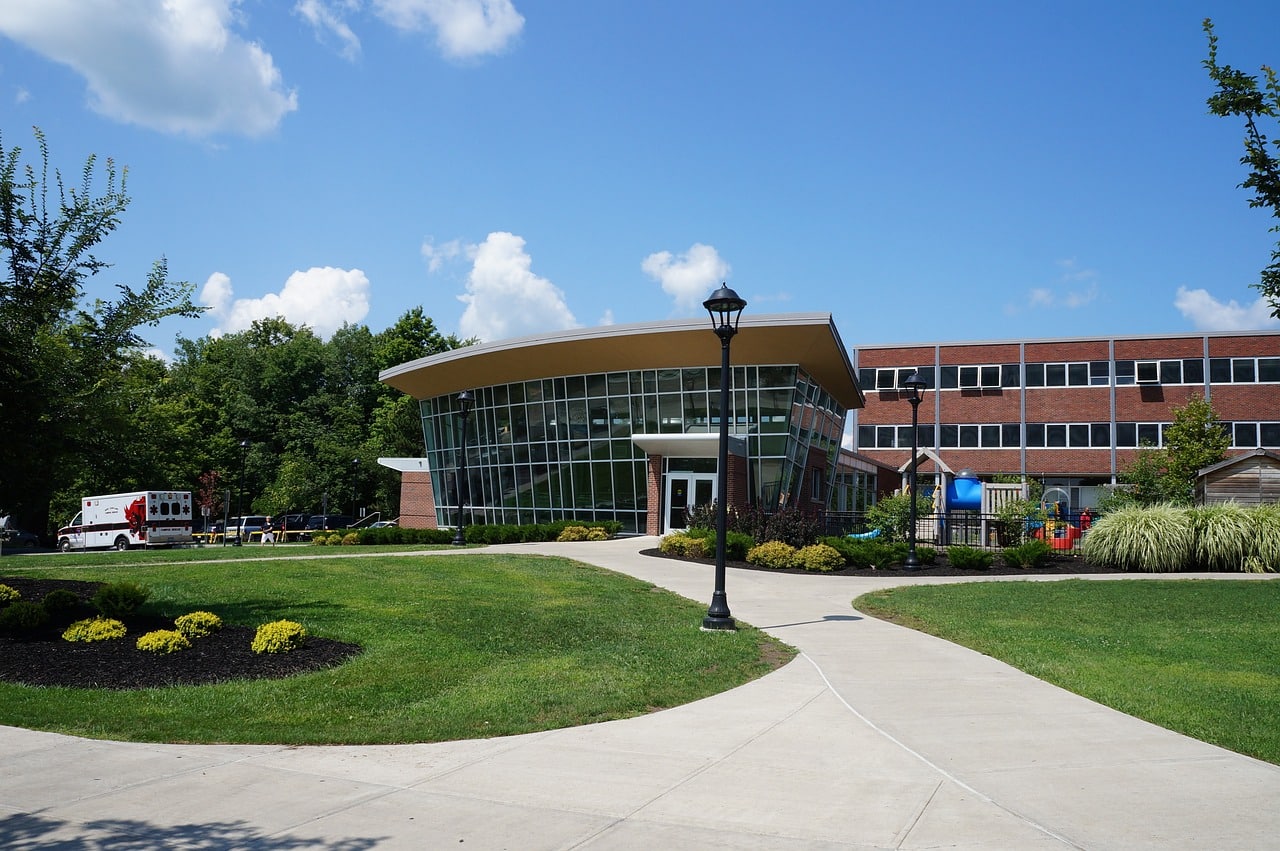Indigenous education has become a hot topic in education in recent years. It highlights the need to include Indigenous cultures’ experiences, traditions, and perspectives in mainstream education. Indigenous students’ success in school is often negatively impacted by the absence of Indigenous knowledge, worldviews, and values in classrooms.
This creates a disconnect between them and their education. However, there are strategies that educators can use to create inclusive learning environments that teach Indigenous principles and practices. Sean Monteith shares some of these strategies and highlights their benefits for Indigenous and non-Indigenous learners.

Acknowledge The Indigenous Peoples And Their Lands
The first step in building inclusive learning environments is acknowledging the Indigenous peoples of the land where the learning space exists. Acknowledging the Indigenous peoples and their lands shows respect for the ancestors, cultures, and traditions of Indigenous peoples and that these elements matter to the educative process.
Educators can start by ensuring that the land acknowledgments at their schools are well-researched, accurate, and respectful. Acknowledging the Indigenous population in this way helps to foster a starting point of respect, and this respect leads to powerful changes.
Involve The Community
Collaborating with Indigenous communities is another powerful strategy for promoting inclusive learning environments. Educators can create a shared vision for learning goals and outcomes by working with these communities. Education must incorporate Indigenous languages and practices, increasing the possibility of more students feeling seen, heard, and understood. Further, it promotes a sense of belonging and connects the classroom and the larger community.
For instance, educators can invite Indigenous Elders, knowledge keepers, and artists to share their teachings and stories with students. They can also work with community organizations to create cultural events or field trips incorporating Indigenous perspectives. These experiences allow for a deeper connection to the material being taught and provide a more well-rounded education for students.
Build On Indigenous Knowledge Systems And Worldviews
Indigenous knowledge systems have been developed over thousands of years. Therefore, it is essential to build on this existing knowledge in developing and delivering educational resources. Indigenous knowledge systems may include storytelling, kinship, healing, land-based education, and holistic learning pedagogy, which are examples of the rich knowledge that Indigenous cultures offer. Students can learn from Elders, language speakers, and knowledge keepers, among others, to solidify a culturally and historically relevant education approach.
Include Indigenous Narratives And Resources In The Curriculum
Indigenous narratives must be integrated into the classroom’s mainstream curriculum. In other words, educators must incorporate Indigenous stories, literature, and other relevant resources into their teaching.
The inclusion of Indigenous narratives and artifacts allows students to understand the historical context surrounding Indigenous peoples more holistically. They can also be shown how Indigenous communities are a critical part of the present and future of their shared community.
One way to achieve this is by collaborating with Indigenous artists, authors, and storytellers to incorporate their perspectives into the curriculum. This enriches the learning experience for students, supports Indigenous creators, and keeps their traditions alive. Incorporating Indigenous narratives and resources into the curriculum allows for a more accurate and inclusive portrayal of history and culture. It also promotes cultural understanding and appreciation among all students.
Respect And Celebrate Diversity
We can achieve inclusivity by recognizing and celebrating diversity. Teaching and honoring Indigenous diversity is a powerful way to develop respect and understanding among Indigenous and non-Indigenous students. This may include recognizing the unique and diverse elements of traditional Indigenous clothing and regalia.
Language is among one of the most important cultural identifiers that help to unite Indigenous cultural groups all over the world. Showing respect ensures that we do not perpetuate harmful stereotypes, provides the students with a better future, and helps them understand respect and dignity.
In addition to these strategies, educators must be willing to educate themselves on Indigenous cultures and histories continuously. This ongoing learning journey helps to build inclusive learning environments further and positively impacts the students’ lives. By incorporating Indigenous perspectives and practices into mainstream education, we can create a more inclusive, respectful, and understanding society for all learners.
Conclusion:
Educators must create and maintain inclusive learning environments relevant to Indigenous communities and understand the vital significance of including Indigenous knowledge, narratives, and perspectives in the mainstream curriculum. Such an approach provides a more complete educational experience for Indigenous and non-Indigenous learners alike. It also fosters opportunities for students to become knowledgeable and respectful global citizens ready to embark on a new journey regardless of what direction it goes in.



